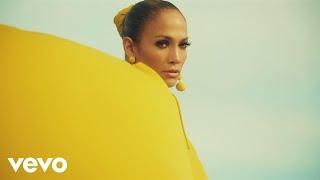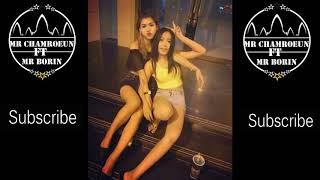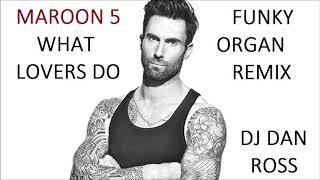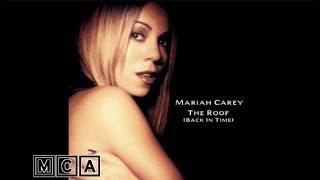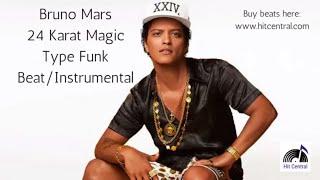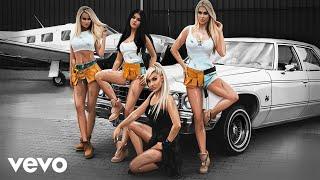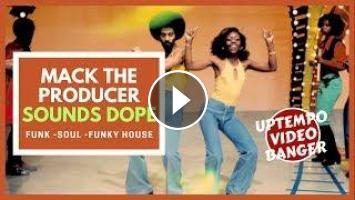Funky - Soul - Disco - House Music. Inspired by the 70's ghetto underground. Sounds Dope by Mack The Producer
____________
Download: https://www.traxsource.com/title/879809/one-year-anniversary
____________
Mack The Producer
http://macktheproducer.com/
https://soundcloud.com/mack-theproducer
https://www.instagram.com/mack.the.producer
____________
Funk is a music genre that originated in the mid-1960s when African American musicians created a rhythmic, danceable new form of music through a mixture of soul music, jazz, and rhythm and blues (R&B). Funk de-emphasizes melody and chord progressions used in other related genres and brings a strong rhythmic groove of a bass line played by an electric bassist and a drum part played by a drummer to the foreground. Like much of African-inspired music, funk typically consists of a complex groove with rhythm instruments playing interlocking grooves. Funk uses the same richly-colored extended chords found in bebop jazz, such as minor chords with added sevenths and elevenths, or dominant seventh chords with altered ninths.
Funk originated in the mid-1960s, with James Brown's development of a signature groove that emphasized the downbeat—with heavy emphasis on the first beat of every measure ("The One"), and the application of swung 16th notes and syncopation on all bass lines, drum patterns, and guitar riffs. Other musical groups, including Sly and the Family Stone and Parliament-Funkadelic, soon began to adopt and develop Brown's innovations. While much of the written history of funk focuses on men, there have been notable funk women, including Chaka Khan, Labelle, Lyn Collins, Brides of Funkenstein, Klymaxx, Mother's Finest, and Betty Davis.
Funk derivatives include the psychedelic funk of Sly Stone and Parliament-Funkadelic; the avant-funk of groups such as Talking Heads and the Pop Group; boogie (or electro-funk), a form of electronic music; electro music, a hybrid of electronic music and funk; funk metal (e.g., Living Colour, Faith No More); G-funk, a mix of gangsta rap and funk; Timba, a form of funky Cuban popular dance music; and funk jam (e.g., Phish). Funk samples and breakbeats have been used extensively in genres including hip hop, and various forms of electronic dance music, such as house music, old-school rave, breakbeat, and drum and bass. It is also the main influence of go-go, a subgenre associated with funk.
____________
____________
Download: https://www.traxsource.com/title/879809/one-year-anniversary
____________
Mack The Producer
http://macktheproducer.com/
https://soundcloud.com/mack-theproducer
https://www.instagram.com/mack.the.producer
____________
Funk is a music genre that originated in the mid-1960s when African American musicians created a rhythmic, danceable new form of music through a mixture of soul music, jazz, and rhythm and blues (R&B). Funk de-emphasizes melody and chord progressions used in other related genres and brings a strong rhythmic groove of a bass line played by an electric bassist and a drum part played by a drummer to the foreground. Like much of African-inspired music, funk typically consists of a complex groove with rhythm instruments playing interlocking grooves. Funk uses the same richly-colored extended chords found in bebop jazz, such as minor chords with added sevenths and elevenths, or dominant seventh chords with altered ninths.
Funk originated in the mid-1960s, with James Brown's development of a signature groove that emphasized the downbeat—with heavy emphasis on the first beat of every measure ("The One"), and the application of swung 16th notes and syncopation on all bass lines, drum patterns, and guitar riffs. Other musical groups, including Sly and the Family Stone and Parliament-Funkadelic, soon began to adopt and develop Brown's innovations. While much of the written history of funk focuses on men, there have been notable funk women, including Chaka Khan, Labelle, Lyn Collins, Brides of Funkenstein, Klymaxx, Mother's Finest, and Betty Davis.
Funk derivatives include the psychedelic funk of Sly Stone and Parliament-Funkadelic; the avant-funk of groups such as Talking Heads and the Pop Group; boogie (or electro-funk), a form of electronic music; electro music, a hybrid of electronic music and funk; funk metal (e.g., Living Colour, Faith No More); G-funk, a mix of gangsta rap and funk; Timba, a form of funky Cuban popular dance music; and funk jam (e.g., Phish). Funk samples and breakbeats have been used extensively in genres including hip hop, and various forms of electronic dance music, such as house music, old-school rave, breakbeat, and drum and bass. It is also the main influence of go-go, a subgenre associated with funk.
____________
- Category
- Funky

![Synth-Aah Disco Funk (6 min) | FUNKY FLUTES 70s DiSCO [ F U N K : 70s D I S C O ]](http://www.radio100.pl/templates/apollo/img/melody-lzld.png)


